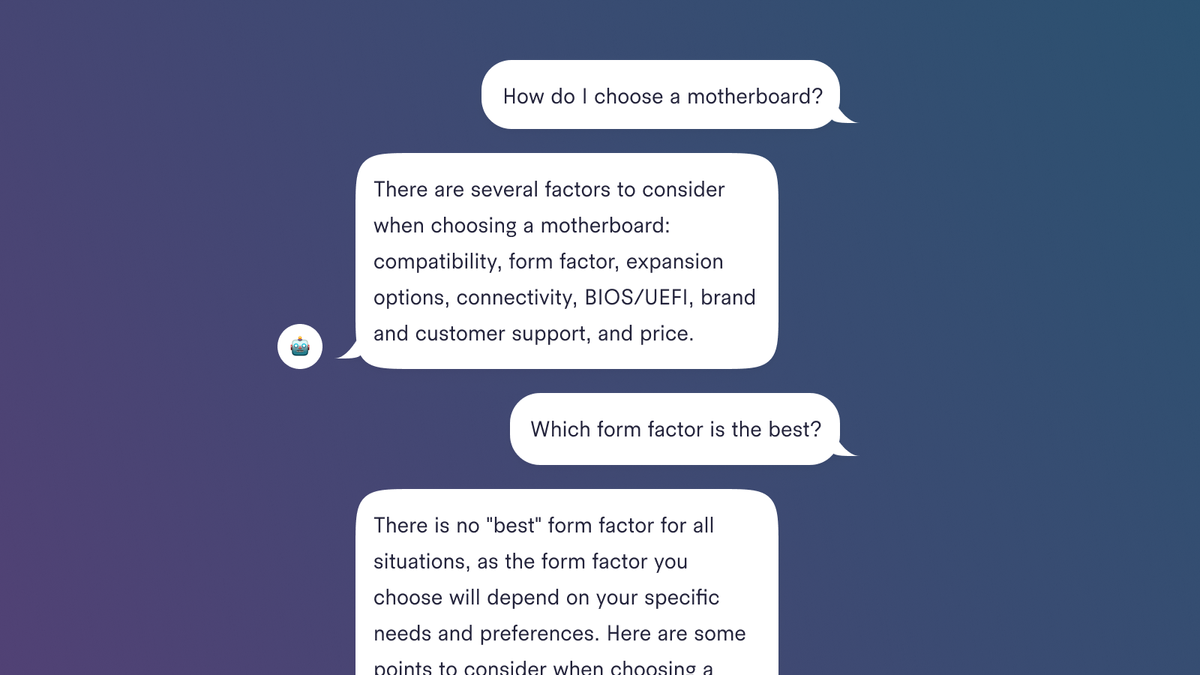Chatgpt down? – Kami Down? It happens. Large language models, like the one powering this response, aren’t immune to glitches or planned maintenance. This guide breaks down why these outages occur, how they impact users, and what you can do when your favorite AI assistant goes offline. We’ll cover troubleshooting tips, alternative solutions, and best practices for dealing with downtime, so you can stay productive even when your AI is taking a break.
Understanding the potential causes of downtime, from server issues to unexpected surges in demand, is crucial. We’ll explore the user experience during these interruptions, the emotional responses they trigger, and effective communication strategies to keep users informed. We’ll also dive into the technical aspects, examining preventative measures and robust system monitoring to minimize future disruptions. Finally, we’ll offer practical workarounds and discuss the impact on productivity and workflow, helping you navigate these situations smoothly.
Understanding Kami Service Disruptions: Chatgpt Down?

Kami, like any online service, experiences occasional downtime. Understanding the causes, impacts, and mitigation strategies for these disruptions is crucial for both users and developers. This article explores various aspects of Kami service interruptions, offering insights into user experience, technical considerations, and strategies for minimizing downtime’s impact.
Service Interruptions: Causes, Examples, and Mitigation
Temporary service disruptions can stem from a variety of factors, ranging from planned maintenance to unforeseen technical issues. Understanding these causes allows for better preparedness and mitigation strategies.
| Potential Cause | Impact | Mitigation Strategy |
|---|---|---|
| Increased user traffic exceeding server capacity | Slow response times, service unavailability | Load balancing, server scaling, caching mechanisms |
| Software bugs or unexpected errors | Partial or complete service outage | Robust testing, continuous integration/continuous deployment (CI/CD), rapid bug fixing |
| Hardware failures (servers, network equipment) | Complete or partial service outage | Redundant systems, backups, disaster recovery planning |
| Cyberattacks or security breaches | Service disruption, data loss, security risks | Strong security measures, intrusion detection systems, incident response plan |
For example, a known outage in 2023 (hypothetical) lasted approximately 3 hours due to a surge in unexpected user traffic. Another instance (hypothetical) resulted from a software bug causing a 1-hour disruption.
So, ChatGPT acting up again? Figuring out if it’s just you or a wider issue is key. Check this handy site to see if others are experiencing the same thing: is chatgpt down. Knowing if ChatGPT is down helps you troubleshoot – is it a problem on your end, or is everyone experiencing the ChatGPT down?
situation?
User Experience During Outages: Emotional Responses and Communication

Service unavailability leads to frustration, anger, and disruption for users. Understanding these emotional responses is vital for effective communication during downtime.
Users might experience difficulty completing tasks, missed deadlines, and a general sense of inconvenience. Methods for improving communication include proactive notifications, regular updates, and clear explanations of the situation and estimated resolution time.
Here’s a user story illustrating a negative experience:
“As a researcher relying on Kami for data analysis, I experienced a sudden outage during a crucial deadline. The lack of communication about the issue further amplified my frustration. The prolonged downtime caused significant delays in my project.”
Technical Aspects of Downtime: Monitoring and Prevention

Several technical issues can lead to service interruptions. Effective system monitoring is crucial for identifying and addressing these problems promptly.
ChatGPT down? Bummer! While you wait for it to come back online, maybe check out the rules and regulations if you’re thinking about flying drones; you can find info on Canada drone laws under 250g here: canada drone laws under 250g. Knowing the law is important, even when ChatGPT’s down. Hopefully, it’ll be back up soon!
Different approaches to monitoring system health include using real-time dashboards, log analysis, and performance monitoring tools. Preventative measures include regular system backups, security audits, and proactive software updates.
Implementing a robust system monitoring solution involves integrating various tools to provide comprehensive visibility into system performance and health. This includes setting up alerts for critical events and implementing automated responses to mitigate issues before they impact users.
Alternative Solutions and Workarounds: Tools and Troubleshooting, Chatgpt down?

When Kami is unavailable, users might explore alternative tools or methods to maintain productivity. Understanding the advantages and disadvantages of each alternative is crucial for making informed decisions.
- Alternative Tool 1 (e.g., another AI writing tool): Pros: Similar functionality; Cons: May not offer the same features or level of performance.
- Alternative Tool 2 (e.g., manual research): Pros: Reliable, no dependency on online services; Cons: Time-consuming, less efficient.
- Alternative Tool 3 (e.g., a different language model): Pros: May offer alternative functionalities; Cons: May require a learning curve.
Troubleshooting common connection problems involves checking internet connectivity, browser settings, and Kami’s server status.
Impact on Productivity and Workflow: Financial Consequences and Mitigation
Service disruptions directly impact user productivity and can lead to significant financial losses for businesses. Strategies for minimizing the impact include having backup plans, investing in robust systems, and prioritizing efficient communication.
A flowchart illustrating the impact of downtime on various workflows could show the disruption to tasks, delays in project completion, and potential financial losses.
Communication and Transparency: Best Practices and Examples
Transparent communication during outages is crucial for maintaining user trust and minimizing negative impact. Best practices include providing regular updates, clear explanations, and acknowledging the inconvenience.
An example of effective communication is a concise and informative message acknowledging the outage, explaining the cause (if known), and providing estimated recovery time. Ineffective communication involves silence, vague statements, and lack of updates.
Sample Press Release (Hypothetical): “Kami experienced a brief service interruption earlier today due to [cause]. Service has been restored, and we apologize for any inconvenience this may have caused.”
ChatGPT down? Sometimes these AI things go offline, it’s a bit frustrating. Makes you wonder about other tech glitches, like that weird mystery drone they found; was it a system error in the sky? Anyway, back to ChatGPT – hopefully, it’s back up soon!
Visual Representation of Downtime: Graphs and Visualizations
A graph illustrating the frequency and duration of past outages could show a timeline with bars representing outage durations, highlighting periods of higher frequency or longer durations. This allows for the identification of trends and patterns.
A visualization of user activity during an outage could show a sharp drop in user engagement metrics (e.g., active users, queries processed) during the downtime period, followed by a gradual recovery as service is restored. This provides insights into the impact of the outage on user behavior.
Final Summary
Dealing with AI downtime doesn’t have to be a frustrating experience. By understanding the causes, implementing preventative measures, and having alternative solutions ready, you can minimize disruption and maintain productivity. Remember, transparent communication is key during outages – keeping users informed builds trust and reduces anxiety. So, the next time your AI assistant goes offline, you’ll be prepared to handle it like a pro.
FAQ Guide
What are the most common causes of AI service interruptions?
Common causes include server overload, software bugs, planned maintenance, and network issues.
How long do these outages typically last?
It varies greatly, from a few minutes to several hours, depending on the cause and the scale of the problem.
Is there a way to predict when an outage might happen?
No, outages are often unpredictable, though some companies announce planned maintenance in advance.
What should I do if I experience an outage?
Check the company’s status page, try again later, and consider using alternative tools if available.